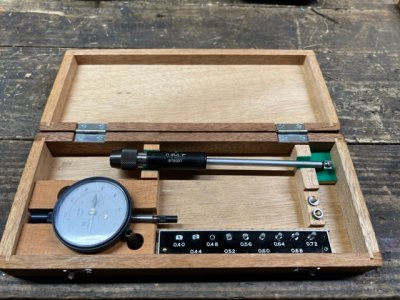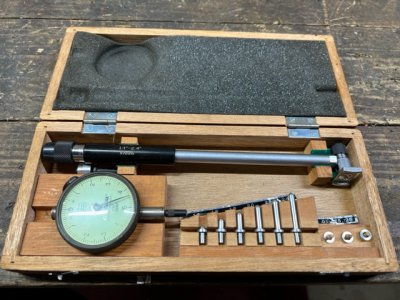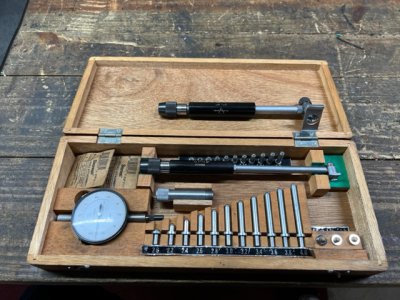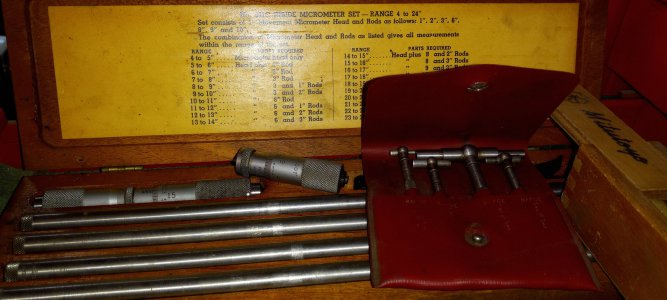- Joined
- Nov 7, 2019
- Messages
- 434
Good morning!
I've recently tried to up my precision when it comes to lathework but am struggling a bit.
I have a cylinder that is 50mm diameter, I bore it through completely 25mm diameter.
After this I try to lathe a "pocket" that is 8.5mm deep and 27.95mm diameter.
I've tried this twice so far.
First time I used a internal micrometer (5-30mm) and measured it to 27.99 or so but the bearing slid in very easily which makes it seem like the hole is way larger than 28.00mm, hence I can't trust that micrometer?
Second time I used a bore gauge and set a external micrometer(that I trust) to 27.95 and got a final measurement of +3 so 27.98 I think? This was a tighter fit but I could still slide the bearing in by hand, which again makes me question if the hole is really <28mm?
It's a bit time consuming so I would appreciate any tips before I spend 3 hours to try again.
Somewhat related, anyone got a firm grip on fits when it comes to bearings? It's supposed to be 28.00 outer diameter, do I want to aim for a slipfit or press fit? And if pressfit, how do I know which tolerance to look towards?
I've recently tried to up my precision when it comes to lathework but am struggling a bit.
I have a cylinder that is 50mm diameter, I bore it through completely 25mm diameter.
After this I try to lathe a "pocket" that is 8.5mm deep and 27.95mm diameter.
I've tried this twice so far.
First time I used a internal micrometer (5-30mm) and measured it to 27.99 or so but the bearing slid in very easily which makes it seem like the hole is way larger than 28.00mm, hence I can't trust that micrometer?
Second time I used a bore gauge and set a external micrometer(that I trust) to 27.95 and got a final measurement of +3 so 27.98 I think? This was a tighter fit but I could still slide the bearing in by hand, which again makes me question if the hole is really <28mm?
It's a bit time consuming so I would appreciate any tips before I spend 3 hours to try again.

Somewhat related, anyone got a firm grip on fits when it comes to bearings? It's supposed to be 28.00 outer diameter, do I want to aim for a slipfit or press fit? And if pressfit, how do I know which tolerance to look towards?





